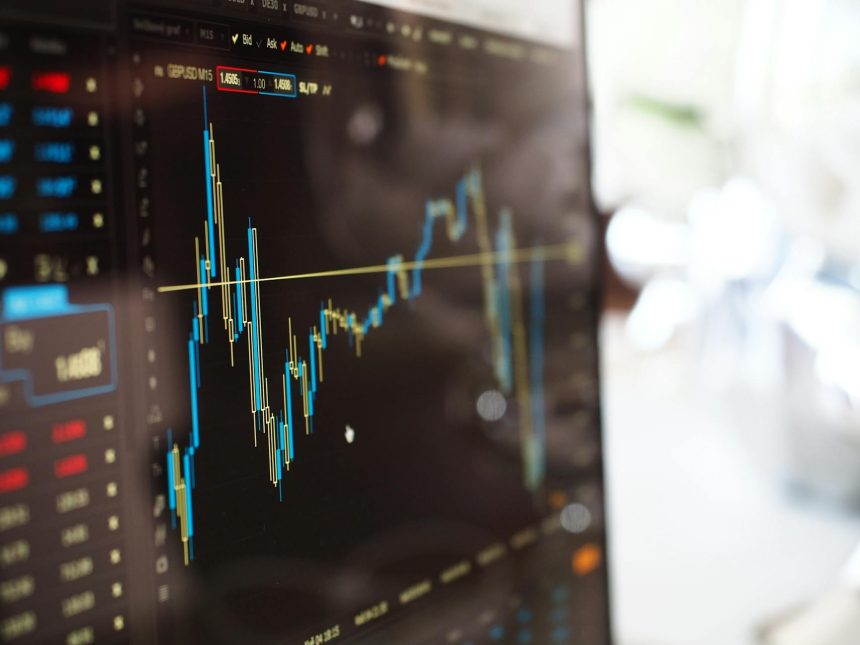# Insurance-Linked Securities Mechanics: Beyond Cat Bonds
The world of insurance-linked securities (ILS) has undergone a dramatic transformation. Once primarily associated with the predictable world of catastrophe bonds and the pursuit of capital efficiency, the conversation has broadened significantly, delving deep into the intricate **mechanics** of how these innovative financial instruments operate. This evolution signifies a maturing market, one that’s attracting a wider range of investors and offering more sophisticated solutions to complex risk challenges. Understanding these evolving mechanics is no longer just for specialists; it’s becoming crucial for anyone looking to grasp the future of risk transfer and investment.
## The Shifting Landscape of Insurance-Linked Securities
For years, ILS were seen as a niche market, a way for insurers to offload catastrophic risk and for investors to gain uncorrelated returns. Catastrophe bonds, designed to pay out if a specific natural disaster occurs, were the flagship product. They offered a clear, albeit high-stakes, proposition. However, the ILS market has matured, spurred by increasing demand for diversification, a search for yield in low-interest-rate environments, and a growing recognition of the potential for ILS to address a broader spectrum of risks.
### From Cat Bonds to Comprehensive Risk Transfer
The expansion beyond pure catastrophe risk is a significant development. While cat bonds remain a vital component, the ILS market now encompasses a much wider array of perils and structures. This includes:
* **Industry Loss Warranties (ILWs):** These are triggered by industry-wide insured losses exceeding a certain threshold, rather than a specific event’s impact on a single insurer.
* **Parametric Insurance:** Payouts are based on predefined parameters (e.g., wind speed, earthquake magnitude) rather than actual losses incurred. This offers speed and certainty in payouts.
* **Longevity Bonds:** These instruments transfer the risk of people living longer than expected, a crucial concern for pension funds and life insurers.
* **Cyber Risk Transfer:** As cyber threats escalate, ILS are increasingly being developed to provide capacity for cyber-related losses.
This diversification reflects a deeper understanding of risk and a greater willingness from capital markets to engage with it.
## Unpacking the Mechanics: What Investors and Insurers Need to Know
The “mechanics” of ILS refer to the underlying structures, triggers, pricing models, and operational frameworks that govern these instruments. For investors, this means a more nuanced approach to due diligence and portfolio construction. For insurers, it means more tailored solutions for their risk management needs.
### Key Mechanical Components of ILS:
1. **Trigger Structures:** This is arguably the most critical mechanical aspect. Triggers determine when a payout is made. Common types include:
* **Indemnity Triggers:** Payouts are based on the actual losses experienced by the sponsor.
* **Industry Loss Triggers:** Payouts are linked to aggregate losses across the entire insurance industry from a specific event.
* **Parametric Triggers:** Payouts are linked to the occurrence of a predefined event parameter (e.g., a hurricane reaching Category 5 strength).
* **Modeled Loss Triggers:** Payouts are based on the output of a catastrophe risk model.
The choice of trigger significantly impacts the correlation of the ILS to the underlying risk, the certainty of payout, and the potential for basis risk (the risk that the trigger doesn’t perfectly align with the actual losses).
2. **Pricing and Modeling:** The pricing of ILS is a complex interplay of actuarial science, catastrophe modeling, and financial market dynamics. Sophisticated models are used to estimate the probability of loss and the potential severity. Factors influencing pricing include:
* The historical frequency and severity of the insured peril.
* The geographic concentration of the risk.
* The quality and sophistication of the underlying risk models.
* The collateral requirements and the creditworthiness of the sponsor.
* Current market demand and supply for ILS capacity.
3. **Collateralization and Trust Structures:** ILS often involve collateral to protect investors. This collateral is typically held in trust and is used to meet the sponsor’s obligations. The structure of this collateralization is a key mechanical feature, ensuring that investor capital is protected and available when needed.
4. **Reinsurance and Retrocession Alignment:** ILS are often part of a broader risk transfer strategy. Understanding how ILS interact with traditional reinsurance and retrocession markets is crucial. ILS can complement these markets, offering additional capacity or diversifying the sources of capital.
5. **Legal and Regulatory Frameworks:** The legal documentation and regulatory oversight surrounding ILS are vital mechanical components. These ensure transparency, enforceability, and investor protection. The evolving regulatory landscape in different jurisdictions can significantly impact the structure and accessibility of ILS.
## The Impact of Evolving Mechanics on Investors and Insurers
The deepening understanding of ILS mechanics has profound implications for both sides of the market.
### For Investors: Enhanced Sophistication and Diversification
* **Granular Risk Selection:** Investors can now gain exposure to specific perils and geographies with greater precision. This allows for more tailored portfolio construction and risk management.
* **Diversification Benefits:** ILS continue to offer attractive diversification benefits, as their returns are often uncorrelated with traditional asset classes like equities and bonds.
* **New Yield Opportunities:** In a low-yield environment, ILS can provide attractive risk-adjusted returns.
* **Increased Transparency:** As the market matures, there’s a growing emphasis on transparency in modeling and reporting, empowering investors to make more informed decisions.
### For Insurers: Tailored Risk Solutions and Capacity Expansion
* **Access to Broader Capacity:** ILS provide a significant source of capital for insurers to underwrite larger risks or expand into new lines of business.
* **Customized Risk Transfer:** The evolution of ILS mechanics allows insurers to design highly customized risk transfer solutions that precisely match their specific risk appetites and exposures.
* **Capital Efficiency:** By transferring risk to capital markets, insurers can free up regulatory capital, leading to improved solvency ratios and greater financial flexibility.
* **Innovation in Product Development:** The availability of ILS capacity encourages innovation in insurance product development, enabling coverage for emerging and previously uninsurable risks.
## The Future of ILS Mechanics: Innovation and Integration
The trajectory of ILS suggests a future characterized by continued innovation and deeper integration with traditional financial markets.
* **Technological Advancements:** The application of artificial intelligence, big data analytics, and blockchain technology is poised to further refine risk modeling, pricing, and operational efficiency within the ILS market.
* **Broader Risk Coverage:** Expect to see ILS solutions emerge for an even wider range of risks, including climate change adaptation, social inflation, and geopolitical instability.
* **Increased Accessibility:** Efforts are underway to make ILS more accessible to a broader range of institutional investors, potentially through new fund structures and platforms.
The evolution of insurance-linked securities from a niche product to a sophisticated risk management tool is a testament to the power of financial innovation. As the market delves deeper into the **mechanics** of these instruments, the opportunities for both investors and insurers to manage and transfer risk effectively will only continue to grow.
—
**Disclaimer:** This article is for informational purposes only and does not constitute financial advice. Investors should consult with qualified professionals before making any investment decisions.
copyright 2025 thebossmind.com
**Source:** [https://www.insurancejournal.com/news/international/2024/01/17/759887.htm](https://www.insurancejournal.com/news/international/2024/01/17/759887.htm)
**Source:** [https://www.artemis.bm/insurance-linked-securities/](https://www.artemis.bm/insurance-linked-securities/)
Featured image provided by Pexels — photo by energepic.com










